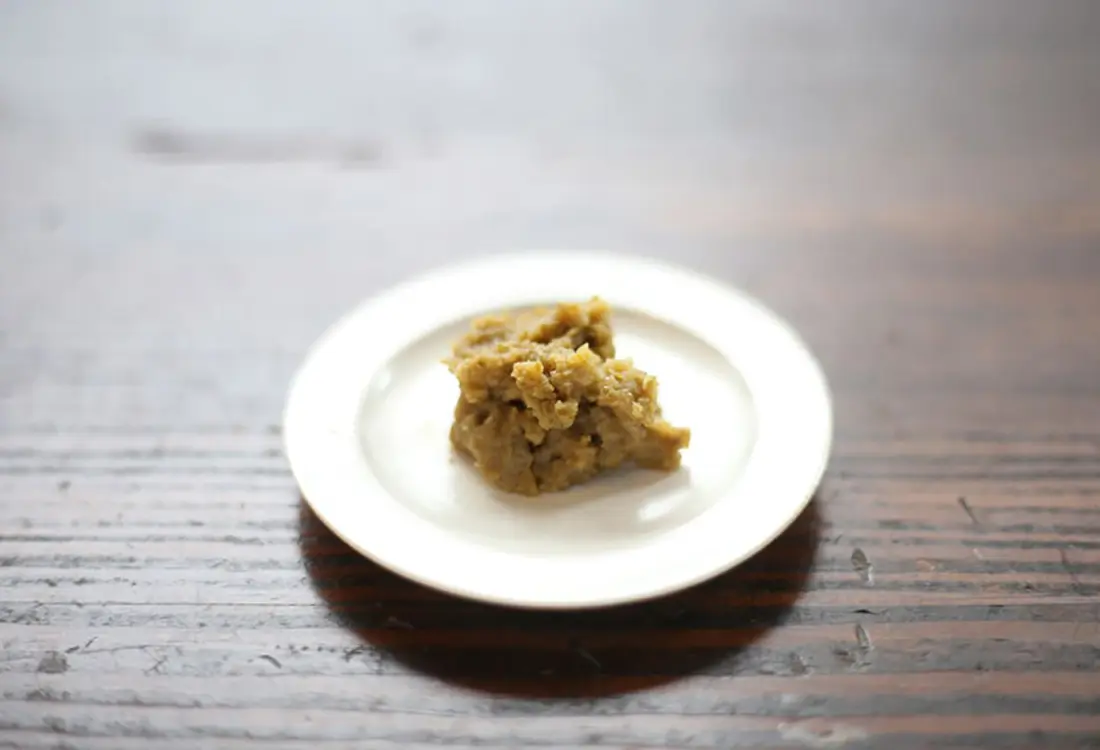
Kumamoto's yuzu kosho is the perfect blend
of citrus and spice
Yamatocho, Kamimashiki district in Kumamoto prefecture is located almost in the center of Kyushu. Proceeding north along a narrow mountain road from National Route 218, after a while I see a small village appear, with houses seemingly piled one on top of the other on the inclines of the intermountain area. Yunoki village, which is a yuzu producing area, has retained a legend from the Heian Period related to yuzu, and the area contains the character for yuzu in its name. Here is where I visited Mr. Tadanori Honda of Honda Nouen, who makes yuzu kosho with yuzu and chillies cultivated in the area without the use of agricultural chemicals.
IHonda Nouen’s Tadanori Honda says “Around 1,200 years ago in the Heian Period, the founder of the Shingon sect, Kobo-Daishi (Kukai), is said to have come through these lands.” At that time, they were told by Kobo-Daishi “Make your living from yuzu” and he left them with an engraving on yuzu of Daikokuten (the god of farmers and good fortune). So “That is the beginning of the place name Yunoki” he says, explaining the origins of the village in which he resides. That engraving of Daikokuten is carefully stored even now and is respected by the locals as the Yunoki Daikokuten. Also, there are records of it being decreed that yuzu should be cultivated here and delivered to the domain government as part of the industry promotion policies implemented by the Kumamoto domain in the mid Edo Period. Either way, Mr. Honda is proud of the fact that the name of the village and that of its main agricultural product are the same, as he feels this is surely a rare occurrence indeed.


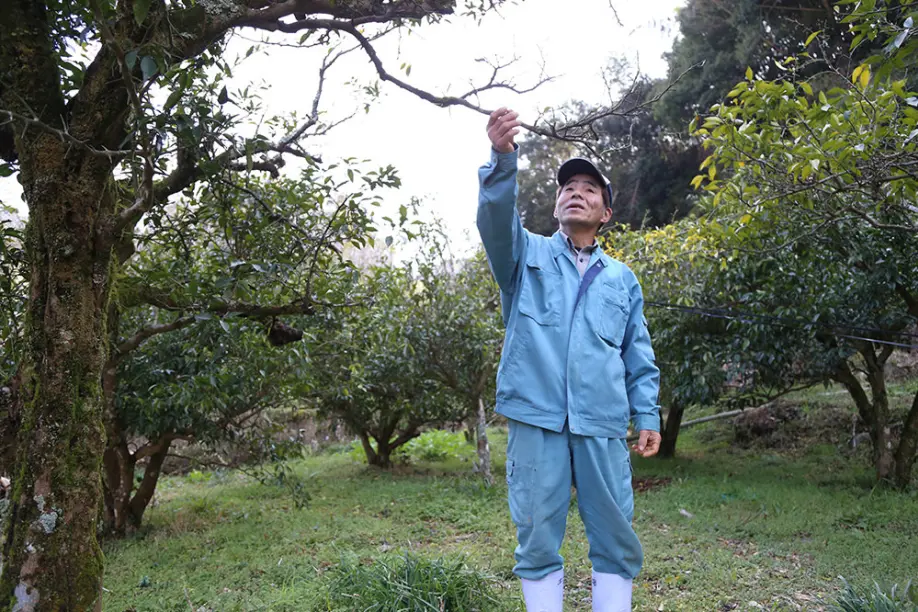
Later, around 1967. The entirety of Yunoki village came to be involved in the cultivation of yuzu. Around 15 households got together and transplanted yuzu trees from the mountain and started cultivation from the creating of seedlings stage, but the trees did not bear fruit for some seven to eight years. This cultivation continued with an ongoing process of trial and error regarding the cutting of the branches, etc. During that time, he had occasion to see yuzu being used in high class Japanese restaurants in Kyoto and other places, and he says that is what caused his attitude towards agricultural chemicals to change. “I saw just a little yuzu peel grated and put in chawanmushi (savory egg custard). Even so it gave off a delicate fragrance. I thought if it was going to be used this way, then I shouldn’t put agricultural chemicals on the peel,” says Mr. Honda. Shortly thereafter, what would become the first National Organic Agriculture Convention was held in Yamatocho. That led to Mr. Honda meeting various people, which newly reinforced his conviction regarding organic cultivation without any agricultural chemicals. In summer, days filled with the work of cutting the underbrush around the yuzu trees keep him busy, but Mr. Honda firmly states “My job is to make crops that people can eat safely with complete peace of mind, the job of making food for others.” However, if agricultural chemicals are not used, damage caused by insects when the plant was flowering degrades the appearance making the value of the product fall. Even if it doesn’t look too good, yuzu is a citrus fruit with abundant vitamin C. I gathered from this that since yuzu does not have much juice, he began thinking that he wanted people to eat it peel and all. At that point Mr. Honda decided that he would ship 10% out as fruit and 90% for use in processing.



“The characteristics of yuzu in Yunoki are that they have a thick peel and strong fragrance,” says Mr. Honda proudly. The family tried various ways of processing and finally hit upon blending yuzu and chillies with Himalayan rock salt, letting the blend mature to produce the yuzu kosho. He succeeded in commercializing the product around 1975. Without using any food additives, the matured yuzu kosho is bottled, and it is gradually becoming popular for its flavor that enhances the taste of dishes. In Kyushu, the kosho in yuzu kosho has long been used to refer to chillies. The chillies that Mr. Honda uses in the yuzu kosho are characterized by being a blend of fasciculatum and Nikko chillies amongst others that he cultivates himself. He adds them and lets them rest for a week allowing the salt to blend in fully. The “green” type is made with green yuzu and green chillies. The spiciness is powerful, and it has the flavor of fresh yuzu. By using just a small amount in dishes which utilize tsuyu soup base such as udon and soba noodles or miso soup, you can create an opulent taste. The “red” type contains ripened yellow yuzu and red chillies. Because of its mellow taste, it’s recommended for use with sashimi and steak, and other dishes where you wish to enjoy the flavor of the ingredients themselves. Mr. Honda says that it also goes well with chicken dishes. He adds that since there is no set way to use it, he is often told about delicious ways to use it by repeat customers and others. “For example, you put uncured ham on lettuce, add the yuzu kosho on top, roll it up and eat it, and it really perks up your appetite. Putting it on salmon sashimi is another way. Some people put it on rice. I hear that people are enjoying it in different ways.”




Yuzu kosho made by farmers who cultivate yuzu. There is a “red” and a “green” type available, and the sizes are “Large/60 g, 800 yen” and “Small/40 g, 600 yen.” There is also a wide variety of processed goods using yuzu available.
Honda Nouen
806 Yunoki, Yamatocho, Kamimashiki district, Kumamoto prefecture
TEL: 0967-74-0055
https://honda-nouen.com/
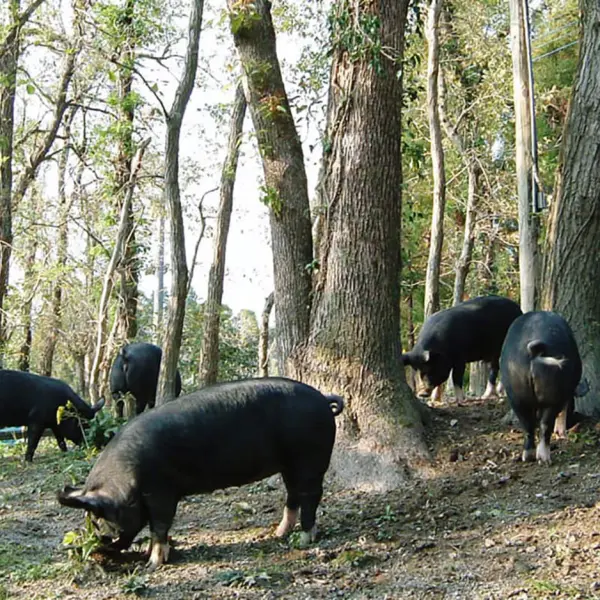 The delicious secrets of Kagoshima's free-range Kurobuta pork
The delicious secrets of Kagoshima's free-range Kurobuta pork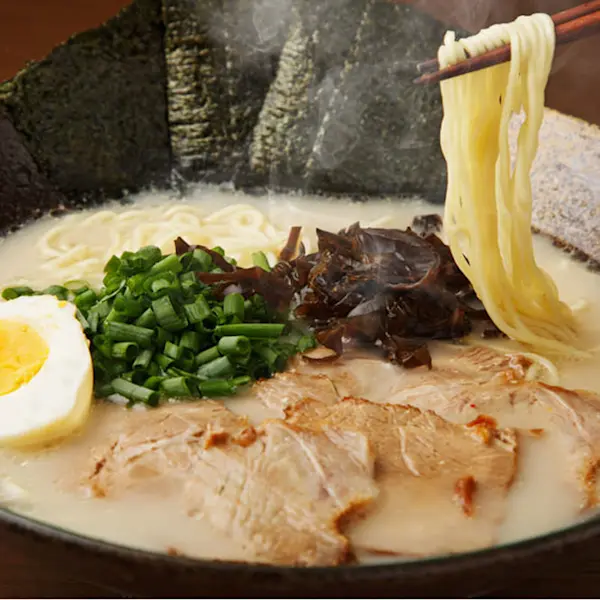 Everything You Need to Know About Fukuoka’s Famed Tonkotsu Ramen
Everything You Need to Know About Fukuoka’s Famed Tonkotsu Ramen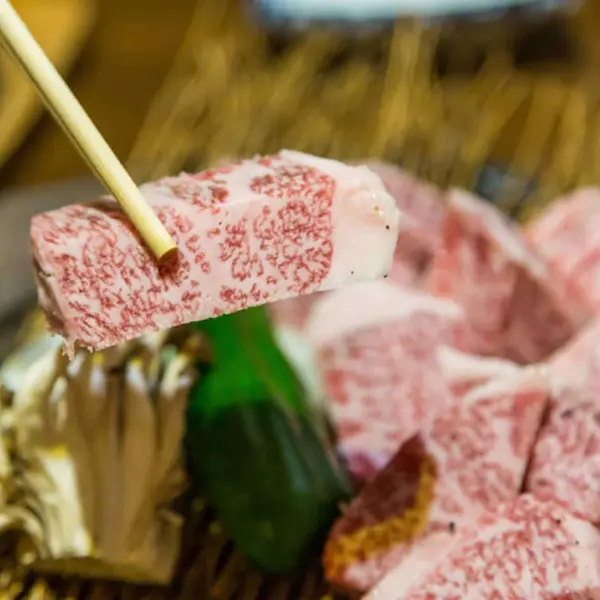 Saga Beef: Wagyu To Remember
Saga Beef: Wagyu To Remember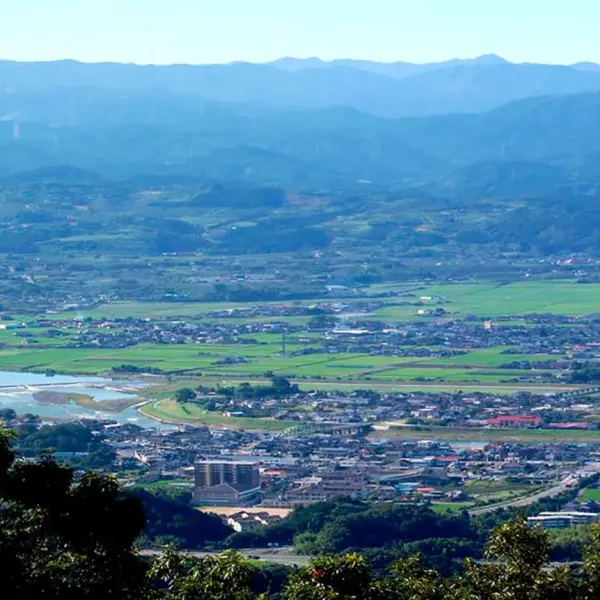 Discover Fukuoka's fruit kingdom
Discover Fukuoka's fruit kingdom Goto udon: a delicious legacy of Nagasaki's ancient trade routes
Goto udon: a delicious legacy of Nagasaki's ancient trade routes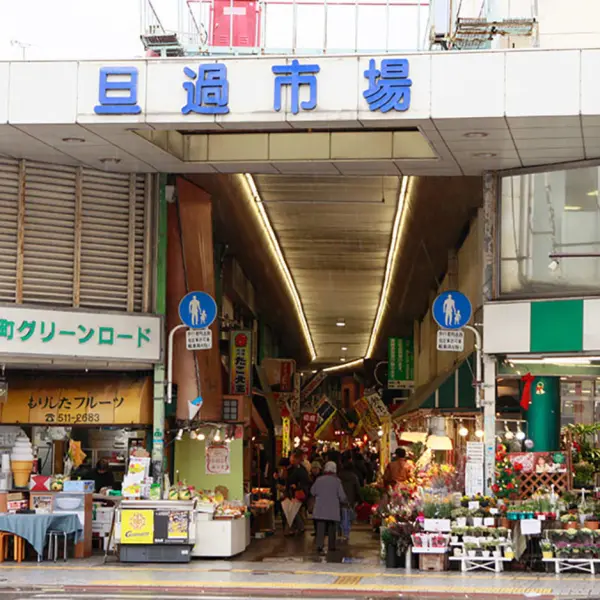 Feast your senses at Fukuoka's bustling fresh food market
Feast your senses at Fukuoka's bustling fresh food market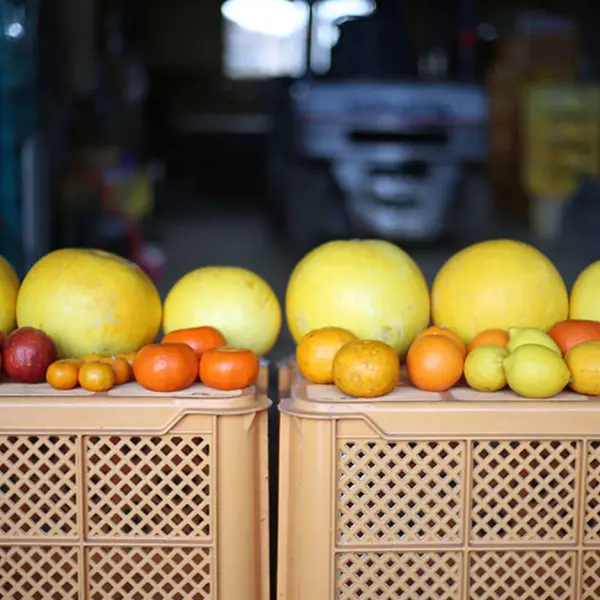 Cultivating the world's largest citrus fruit in Kumamoto
Cultivating the world's largest citrus fruit in Kumamoto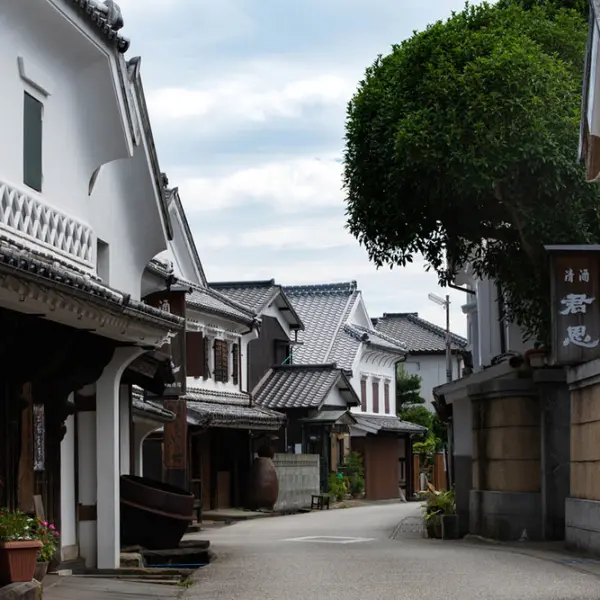 Hizen Hamashuku: Historic breweries that house the world’s best sake
Hizen Hamashuku: Historic breweries that house the world’s best sake In the shadow of a volcano: the world's largest daikon radishes
In the shadow of a volcano: the world's largest daikon radishes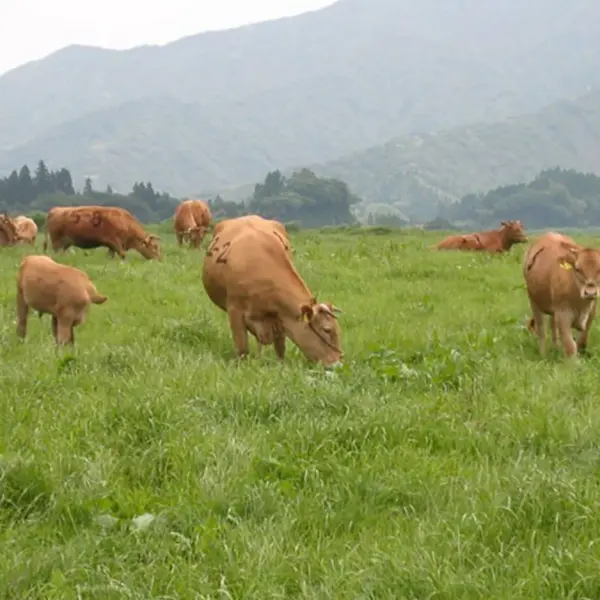 Raising Kumamoto's famed Japanese Brown Cattle
Raising Kumamoto's famed Japanese Brown Cattle




